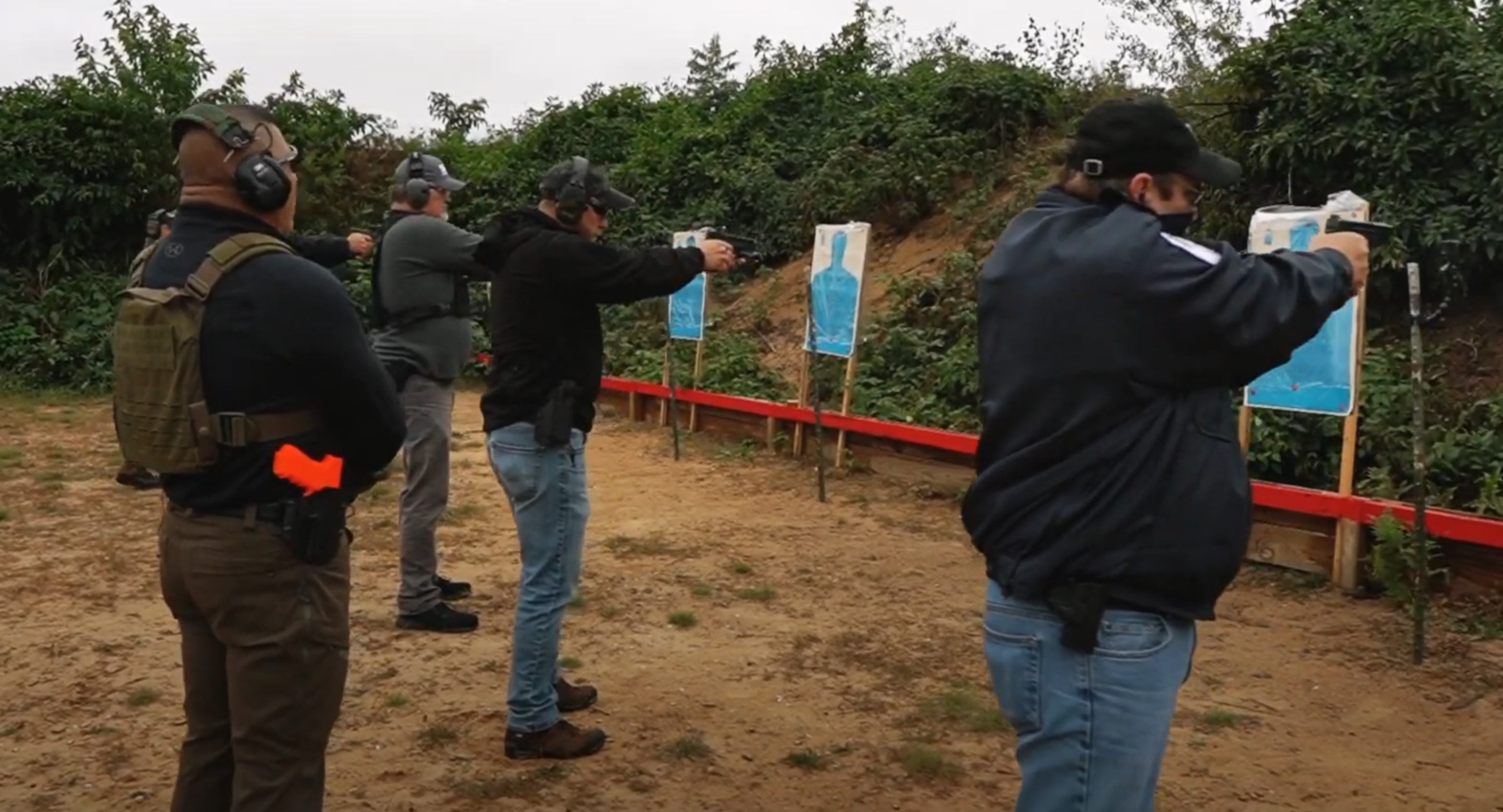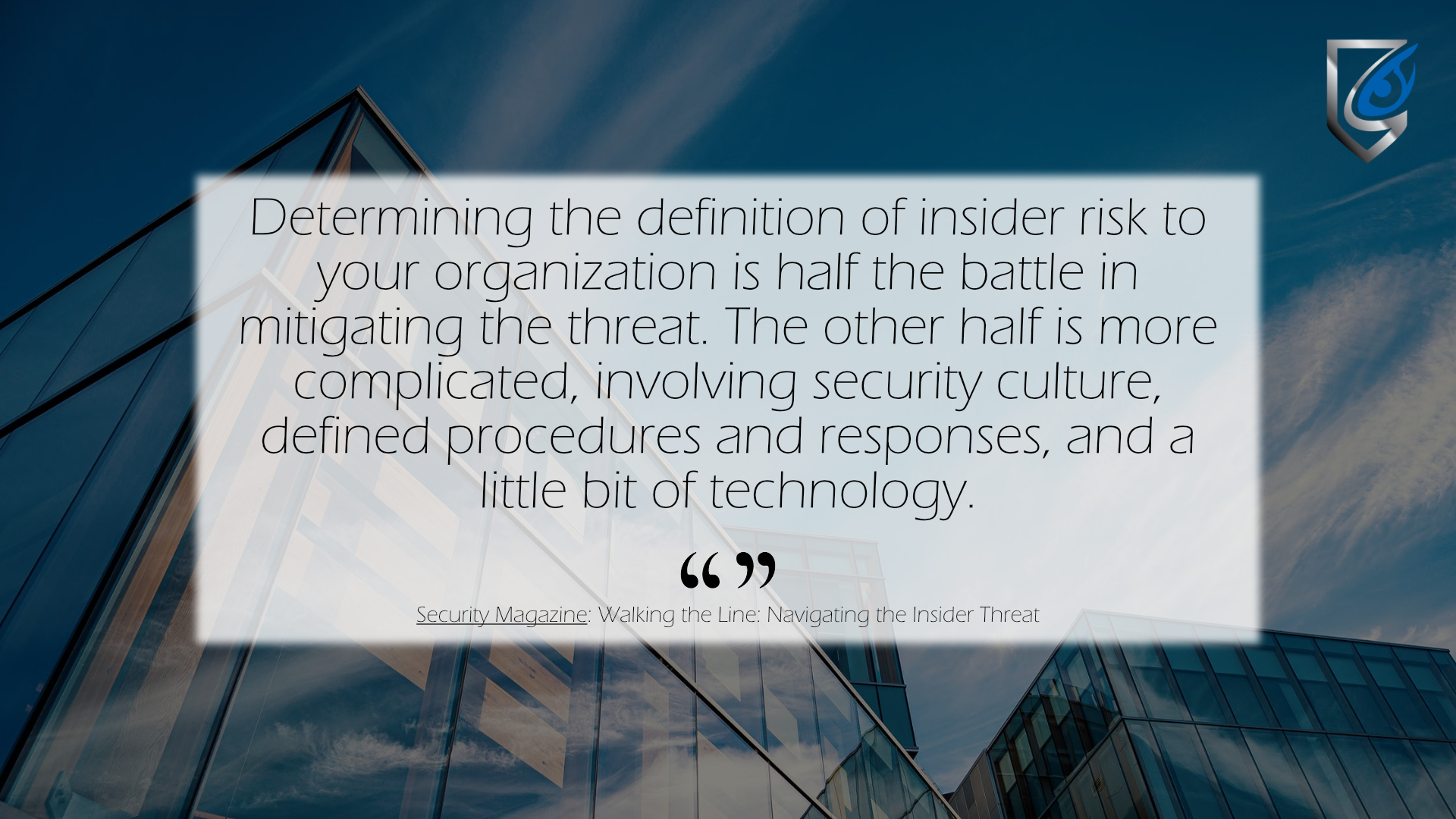Drones
Drones, while largely used by hobbyists, have great potential in commercial industries. In the security field, drones offer increased capability to observe and report. Fitted with cameras, flashlights, and thermal/motion sensors, drone usage provides security professionals with additional resources to identify threats.
Strict regulations have long prevented the commercialized use of drones. However, on December 28th, 2020, the Federal Aviation Administration (FAA) expanded the allowed use of Unmanned Aircraft Systems (UAS). In June of 2016, the FAA’s operating rules stated drone usage was not allowed over people or at night without a specialized permit. The new revisions to the rule say:
This final rule amends part 107 by permitting routine operations of small unmanned aircraft over people, moving vehicles, and at night under certain conditions. It also changes the recurrent training framework, expands the list of persons who may request the presentation of a remote pilot certificate, and makes other minor changes.
This amendment still requires knowledge of the rules and regulations before individuals are allowed to operate Unmanned Aerial Vehicles (UAV’s). For example, the drones must weigh 0.55 pounds or less, including everything attached to the aircraft before/during flight. The UAV’s cannot contain exposed rotating parts that could cause lacerations if they were to fall onto people. In addition to this, permits are still required in many instances, such as operating over open-air assemblies of people. The full Operations Over People overview can be found here.
The significant difference that comes from the December 28th amendment is the change in how permitted UAV’s are approved. Before, the FAA had to individually approve drone use “beyond the line-of-sight on a case-by-case basis;” now, there are set standards UAV operators must abide by.
Further, drones are now required to be fitted with radio transmitters. These radios significantly improve our knowledge of where UAV’s are flying, therefore increasing the safety of everyone involved. Existing drones must be retrofitted with the new radio technology.
The Future of Security
This ease of regulations opens the door for a multitude of uses in the security industry. Large events such as festivals, protests, or strikes can now be monitored remotely from above without a required permit. This allows security professionals to quickly identify and address potential threats before they materialize. The use of drones in these events also grants the ability to map action plans in logistically-efficient ways, such as escape routes or security deployment pathways.
With mounted cameras, UAV’s can create detailed video compilations of outside patrols, timestamped and dated for future reference. These videos are more readily available and accurate than a security officer’s memory. The use of drones for patrols and perimeter checks also grants the ability for remote monitoring; security professionals can monitor CCTV in the same location they conduct drone patrols. Not only does this increase the likelihood that threats are caught and mitigated, but it also creates accommodation for individuals who are currently limited by physical disabilities.
Thermal imaging on a UAV allows security personnel to identify trespassers who seek to use the cover of night to commit their crimes. Further, they can be tracked quicker, more accurately, and without risk to the security guard, ensuring police are able to apprehend suspects even if they flee. Drones are also harder to see and are less obvious than a person walking around. They can also be used to check blind spots, further minimizing risk to personnel in the field if threats are present.
The following is an excerpt taken from Security Magazine, and it articulates the likelihood of drone usage in the coming years:
The FAA estimates that there are 1.25 million personal drones in the United States and 385,000 commercial drones. Now the FAA predicts by 2023 there will be 835,000 commercial drones – more than double the current number – largely because more businesses will adopt UAV programs for deliveries, inspections, and other uses.
With the new regulations, this forecast could easily turn out to be overly conservative.




